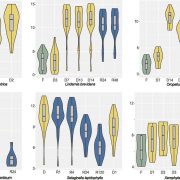
Desiccation Tolerance Arose via Gene Duplication
Plant Physiology, Plant Physiology: On The InsideDesiccation tolerance was a critical adaptation for the colonization of land by early nonvascular plants. Perhaps the most spectacular adaptations relating to vegetative dehydration tolerance are exhibited by “resurrection plants” that have the ability to recover from conditions of almost complete…

Light Acclimation in a Colonial Green Alga
Plant Physiology, Plant Physiology: On The InsideThe responses of leaves and unicellular algae to supra-optimal levels of light are well-studied but little is known about the responses of colonial algae to such stresses. To investigate differences between single cellular and colonial species, Van den Berg et al. (10.1104/pp.18.01499) have studied the…
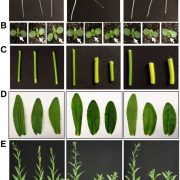
G-Protein Signaling Regulates a Patatin-Like Phospholipase
Plant Physiology, Plant Physiology: On The InsideCamelina (Camelina sativa) is a genetically tractable oil seed crop, which has emerged as an important resource for production of both food and nonfood oil, due to several unique characteristics. The seeds contain 30% to 35% oil, which is rich in omega-3 fatty acids. It is also a low-input, relatively…
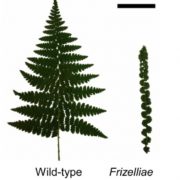
Hydraulic Regulation of Stomata in Ferns
Plant Physiology, Plant Physiology: On The InsideStomatal responses to environmental and endogenous signals in vascular plants are critical for regulating plant gas exchange with the atmosphere. In addition, stomatal closure is vital for minimizing water loss and preventing lethal embolism during drought. The vast majority of studies concerning stomatal…
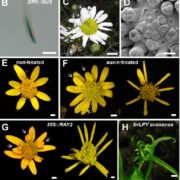
Auxin Affects Capitulum Pattern Formation
Plant Physiology, Plant Physiology: On The InsideThe flower head (capitulum) is a morphological feature that defines the family Asteraceae (the daisy or sunflower family). A typical capitulum consists of many flowers (florets) and phyllaries (modified bracts) compressed into a single structure that mimics a single flower. Capitula commonly have two…
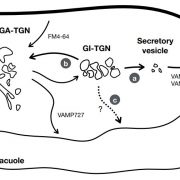
Insights into the Trans-Golgi Network and Protein Secretion
Plant Physiology, Plant Physiology: On The InsideIn eukaryotic cells, the movement of cargo between single membrane-bound organelles such as the endoplasmic reticulum (ER), Golgi apparatus, trans-Golgi network (TGN), endosomes, lysosomes, and vacuoles is mediated by membrane trafficking. At the donor organelle, cargo molecules are loaded into transport…
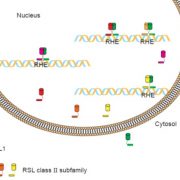
Advances in Understanding Root Hair Formation
Plant Physiology, Plant Physiology: On The InsideRoot hairs greatly increase the surface area of roots, thereby facilitating the uptake of nutrients and water from the rhizosphere. They also serve as sites for plant interactions with soil microorganisms. Thus, elucidation of the molecular pathway for their development is important for potential modification…

The Terpene Synthases of Red Algae Have a Bacterial Origin
Plant Physiology, Plant Physiology: On The InsideThe red algae (Rhodophyta), encompassing over 8,000 species, are the richest source of marine secondary metabolites. Among red algae, many genera produce terpenes, which constitute the largest class of secondary metabolites. Despite the rich diversity of terpenes in red algae, little is known about how…
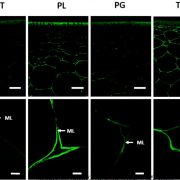
CRISPR Mutants Shed Light on Pectin’s Role in Tomato Fruit Softening
Plant Physiology, Plant Physiology: On The InsideTomato (Solanum lycopersicum) fruits undergo pronounced softening during ripening. Softening is important for flavor development and overall palatability, but also impacts fruit storage, transportability, and shelf life. Shelf life is a particularly important quality trait of tomato fruits affected by…

